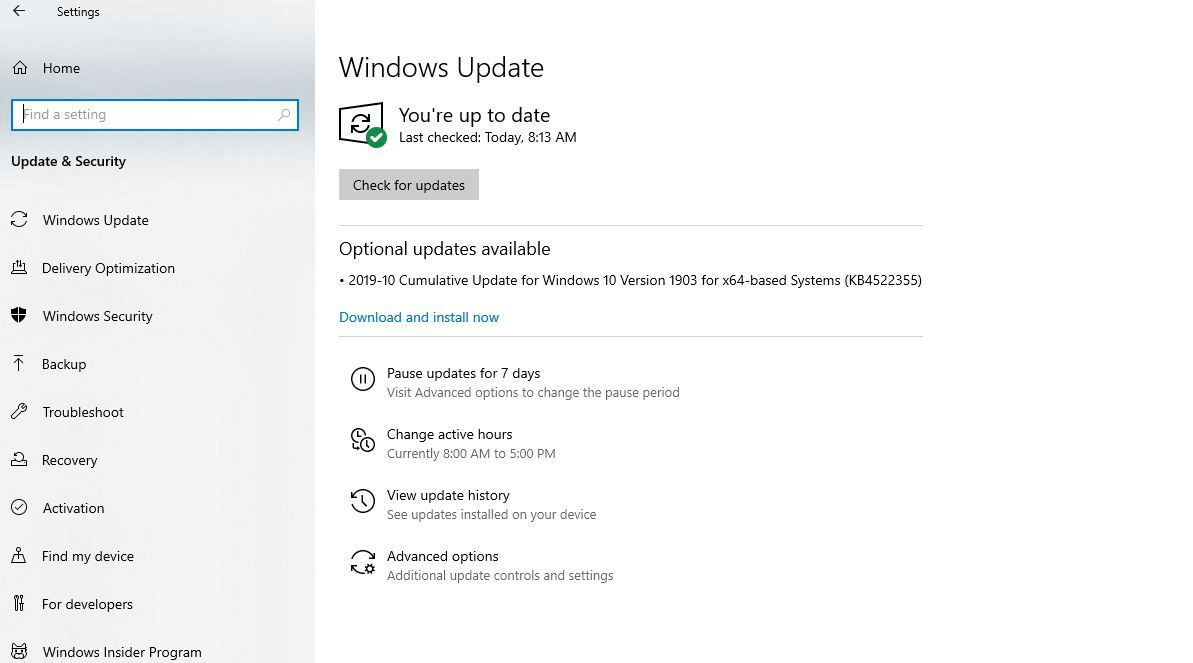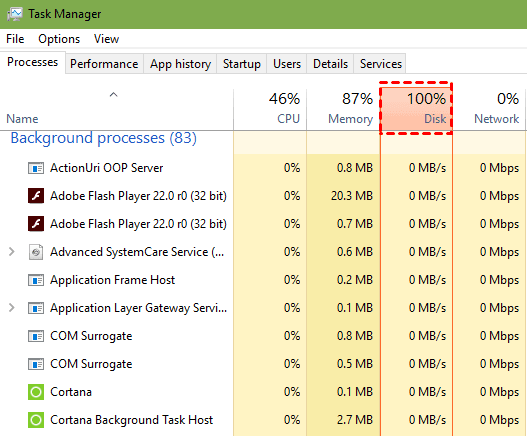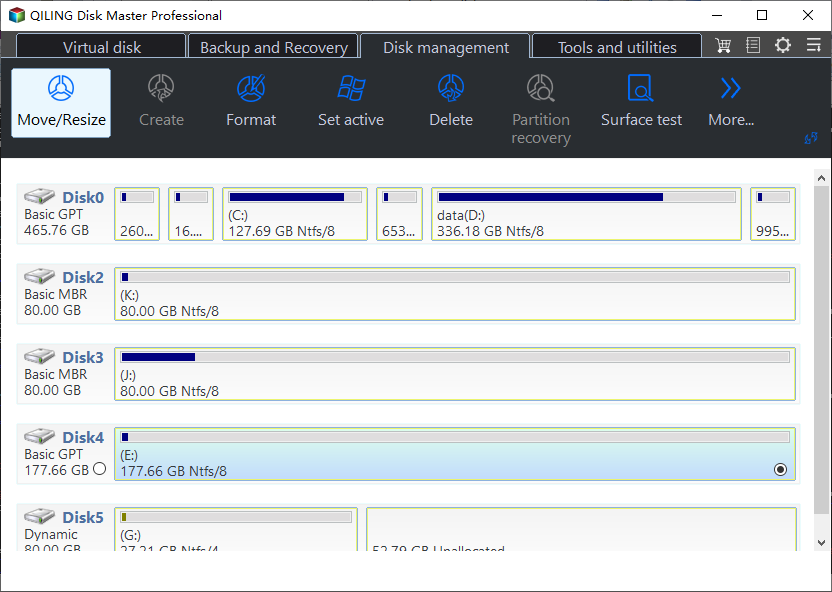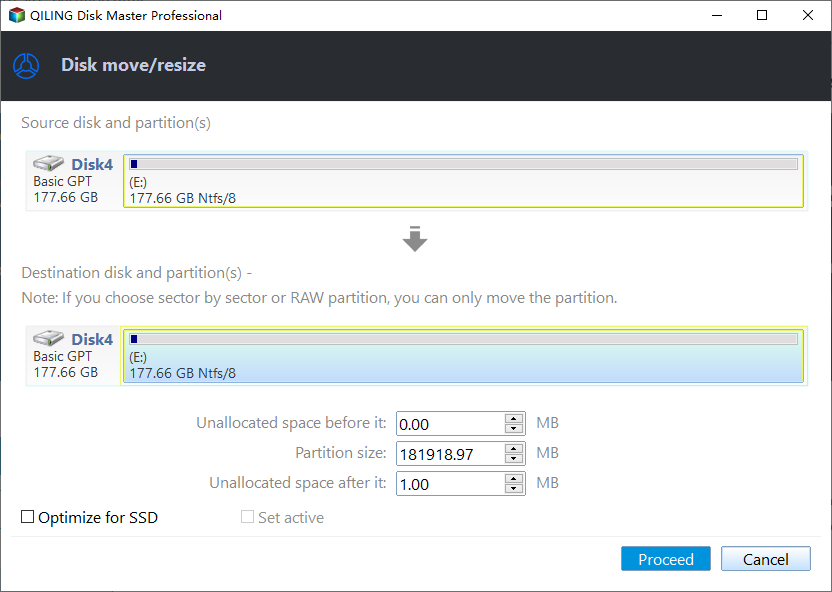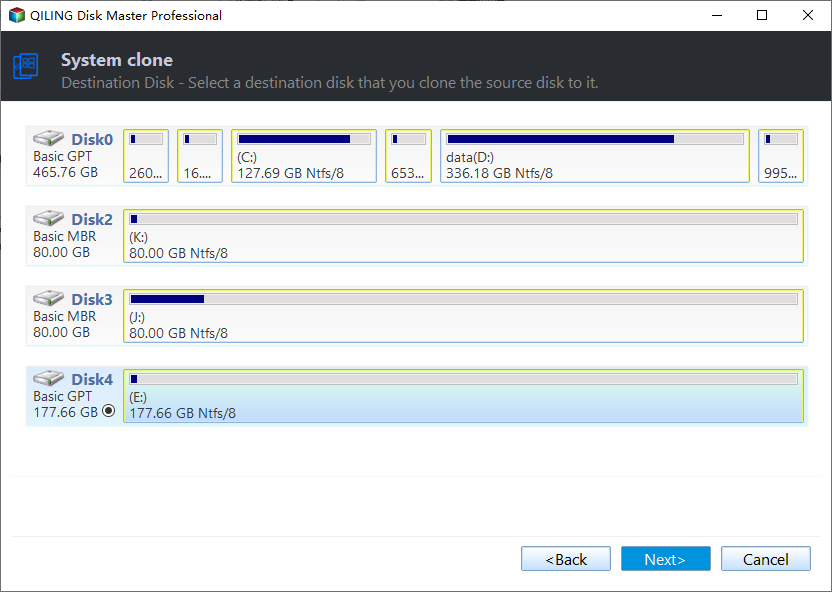Why My PC Suddenly Slow and How to Fix it?
User case: PC suddenly slows down
"I'd be happy to help you troubleshoot! Given that your PC was running normally until last week, it's unlikely that a virus is the cause. I'd recommend checking your storage space and disk usage, as a full disk can cause slow performance. You can also try running a disk cleanup and checking for any outdated drivers. Additionally, consider running a system file checker to ensure your operating system is in good condition. If none of these steps resolve the issue, we can explore other possibilities together."
Why is my PC suddenly slow in Windows 10?
The most common reasons for a PC to suddenly slow down include a lack of RAM, a full hard drive, outdated software, malware or viruses, overheating, and a failing hard drive. Additionally, resource-intensive programs, background applications, and poorly optimized software can also contribute to slowdowns.
☞ Windows and drives are not updated
☞ Malware or viruses
☞ Excessive accumulation of dust
☞ Too many background programs
☞ Installing many programs takes up memory
How to fix PC suddenly slow?
The solutions to a slow PC can be addressed one by one, with various fixes available depending on the specific cause. I can provide guidance on each solution, allowing you to tailor the fix to your own situation.
► Manually check for system updates
If your PC suddenly slows down, it might be because Windows needs to be updated to its latest version. Ensuring your computer has the latest Windows and drive updates is crucial to get the best PC performance, as new updates provide performance improvements and outdated operating systems can cause speeds to slow down.
To update Windows 10, open the Start menu, then click on Update and Security, followed by Windows Update, and finally select Check for Updates.
► Scan the PC with anti-virus software
Running anti-virus software to scan your computer for viruses can help identify and remove malware and viruses that may be slowing down your computer's speed. This simple step can help improve your computer's performance by thoroughly removing viruses that may be impairing its functionality.
► Clean up the dust
The fan on a computer CPU can attract dust due to static electricity, blocking the air outlet and slowing down the PC. Cleaning the dust regularly can improve heat dissipation efficiency.
► End background program
A slow computer is often caused by multiple programs running simultaneously, consuming processing power and reducing performance. Even after closing some programs, they may continue to run in the background or restart automatically when the computer boots up.
To see which background programs are running on your PC and how much memory and processing power they occupy, open the Task Manager by pressing CTRL + ALT + DELETE.
► Uninstall infrequently used programs
If you didn't notice any slowness on your PC before, but it slows down after downloading software, it might be due to installing too many programs and filling up your memory space. To resolve this, consider uninstalling some infrequently used software to free up memory.
To uninstall a program, search for "Control Panel" in the search bar, click "Uninstall a Program", and then select the software you want to remove.
In order to keep the running speed of the PC continuously, you need to use more advanced methods to make your computer faster, such as upgrading the RAM, replacing the hard drive with a solid-state drive, cleaning up the registry, uninstalling unnecessary programs, and regularly updating the operating system and software. These methods can help to improve the performance and speed of your computer.
Further reading: How to make your computer faster?
Qiling Disk Master is a professional disk management tool that helps improve PC performance by extending the system drive, migrating OS from HDD to SSD, and other features like 4K alignment and scheduled defrag.
│Extend system drive
To address the issue of full system space affecting PC reading and writing speed, you can consider extending the system drive by uninstalling unnecessary software or expanding the system drive itself.
Step 1. Install and launch Qiling Disk Master Pro, then all disks and partitions will appear on the main interface.
Step 2. To extend a partition, start by right-clicking on the partition you want to extend (in this case, the C drive), and select the option to resize or move the partition. This will allow you to allocate the unallocated space behind the C drive to the partition, effectively increasing its size.
Step 3. In the pop-up window, drag the partition border to the right to extend the partition, but only if there's unallocated space beside it. Otherwise, you can't drag the border.
Step 4. After extending the C drive, the system will automatically restart. Once the system has restarted, it will automatically go back to the main interface, where you can preview the C drive that has been extended. To commit the operation, click the "Proceed" button on the toolbar.
Note: If there's no unallocated space on the system hard drive or adjacent unallocated space behind the system partition, refer to the instructions on how to allocate free space or merge partitions.
To further boost your system's performance, you can consider allocating a separate partition for your system drive. This will enable your system to read and write data more efficiently, as it won't have to compete with other programs and processes for resources. By doing so, you can enjoy a smoother and faster overall system performance.
│Migrate OS from HDD to SSD
Upgrading to a Solid-State Drive (SSD) can significantly improve your computer's performance. Since SSDs have faster read and write speeds than traditional Hard Disk Drives (HDDs), switching to an SSD can make a noticeable difference in your PC's running speed. To take advantage of this, simply migrate your operating system to the SSD, and you'll be able to enjoy the benefits of a faster and more efficient computer.
Step 1. Install and open Qiling Disk Master Pro on your Windows 10 computer. Click "Migrate OS" and then click "Next".
Step 2. Here, you need to choose an unallocated space on the SSD drive and click "Next" to continue.
Step 3. In this window, you are allowed to resize partition or specify the location of the partition created on the SSD drive. Click "Next".
Step 4. In the main interface, click "Proceed".
Step 5. Read it and click "Yes".
Tips:
●To boot your computer from the new SSD drive after migrating your OS, you need to enter your BIOS settings and change the boot order to prioritize the SSD as the first boot device.
●For enterprise users, it is suggested to use the advanced version, like Qiling Disk Master Server, for their needs.
Conclusion
If your PC suddenly slows down, there are several ways to troubleshoot the issue. You can try running a disk cleanup, disabling startup programs, or updating your drivers to improve performance. Additionally, closing unnecessary programs, updating your operating system, and ensuring adequate storage space can also help. By taking these steps, you can resolve the issue and enjoy smooth gaming and video playback experiences again.
Related Articles
- How Do I Clone My Windows to External Hard Drive?
Are you looking for a way to clone Windows to external hard drive? You can find a powerful cloning software from this article to do this. - How to Perform SSD to SSD Migration in Windows 7/8/10?
If you want to migrate data from old SSD to new SSD, or from smaller SSD to larger SSD drive, you can use the Qiling Disk Master Standard, which can help finish SSD to SSD migration task via the "Disk Clone Wizard". - 3 Ways to Extend C Drive in Windows 10 Easily
When your C drive is almost full and computer runs slower, you can extend C drive in Windows 10 or 11 via Disk Management, DiskPart, and a third-party free partition manager. Each one can help you increase C drive space easily.
